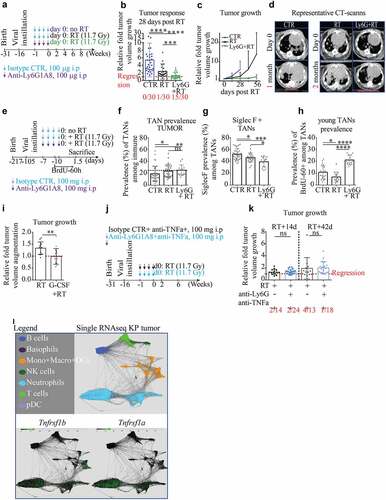Figures & data
Figure 1. Neutrophils resistant to anti-Ly6G depletion exhibit ANCAs
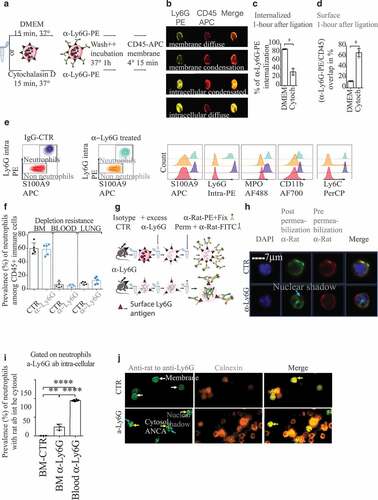
Figure 2. Anti-Ly6G ligation enhances TNFα-induced neutrophil oxidative burst
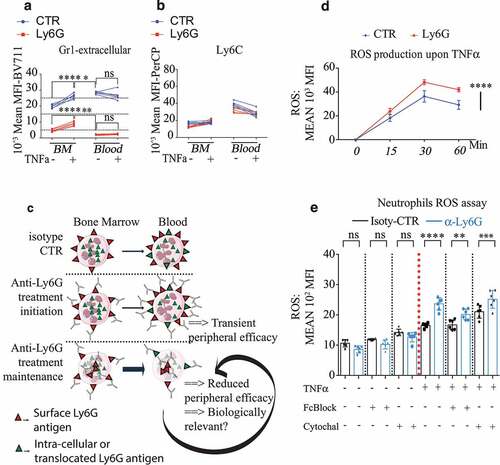
Figure 3. TAN aging enables SiglecF differentiation and depletion resistant Ly6Gneg neutrophils
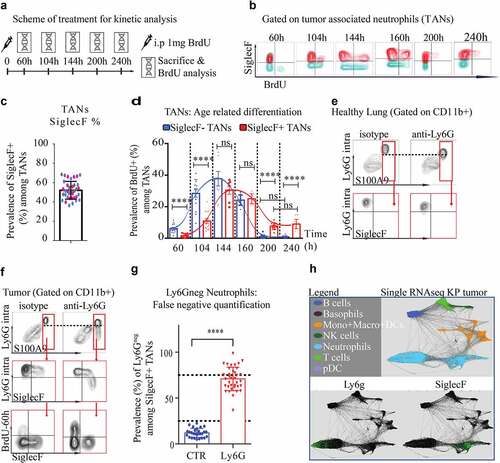
Figure 4. Neutrophil depletion alone has no anti-tumor effect
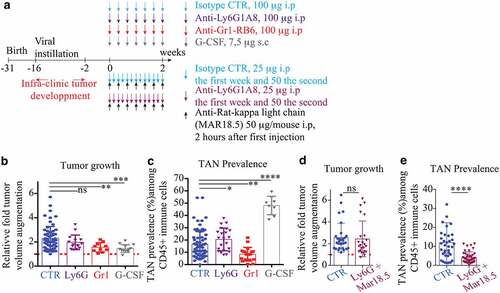
Figure 5. Anti-Ly6G enhances the recruitment of young neutrophils and synergizes with RT
